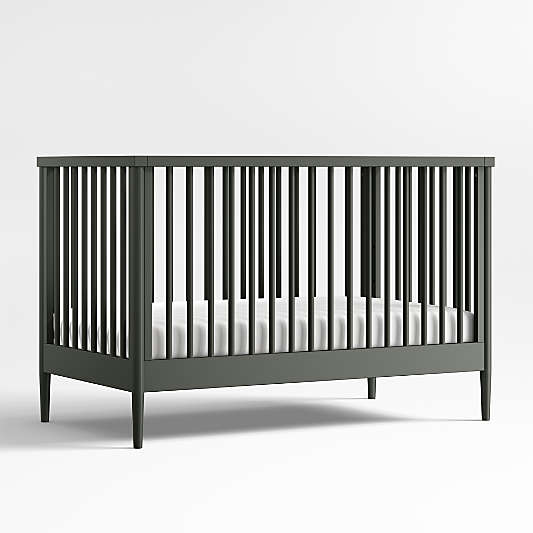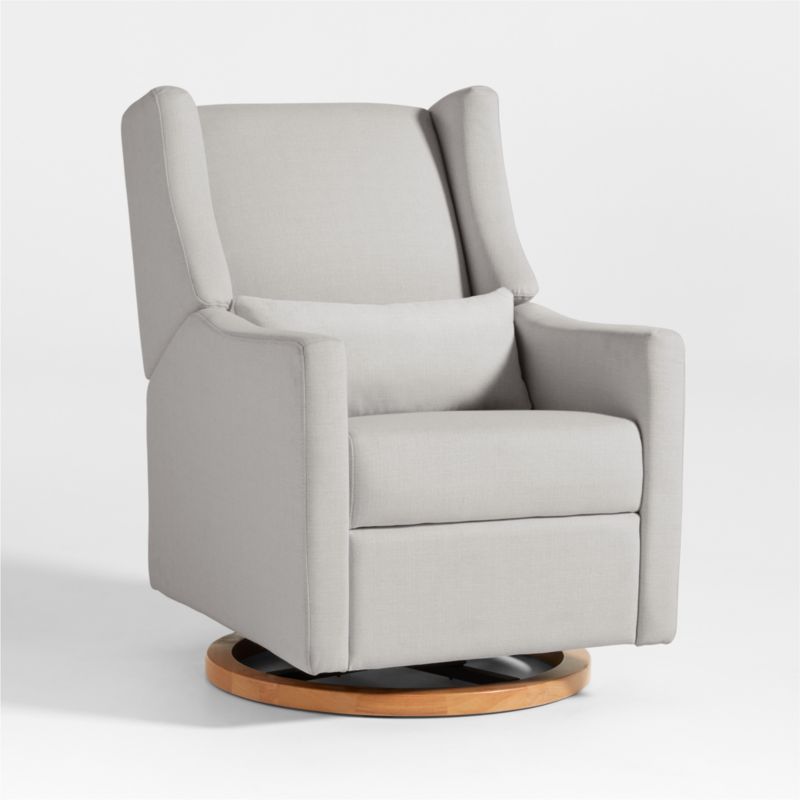How to Choose A Crib
How to Choose a Crib
Designing a nursery is fun and exciting. Not only are you creating a soothing oasis that encourages your newest addition to grow and learn, you’re also providing them with a comfortable place that nurtures a sense of safety. Keeping this in mind, choosing the right crib is one of the most important decisions you’ll make prior to your baby’s birth–after all, it is where they’ll spend approximately the next 2 years of their life. With so many factors to take into consideration, you might be wondering where to begin. To help save time, we’ve compiled a guide that delves into crib types, crib size, safety and other factors that play a big part in making the best choice for you and your baby.
Shop All Cribs


frequently asked questions about baby cribs and bassinets
When do I lower my baby’s crib?
+
For most babies, you’ll want to lower their crib between 5 and 8 months. The American Academy of Pediatrics (AAP) recommends lowering it to the lowest setting before they learn how to stand.
What size is a crib mattress?
+
Crib mattresses must measure between 51 ? to 53 inches in length and 27 ¼ to 28 inches in width. Thickness usually ranges anywhere from 4 to 6 inches.
Can a newborn sleep in a crib?
+
What is better, crib or bassinet?
+
It’s a matter of personal preference. When used properly, both are completely safe options for newborn and beyond. If your bedroom is smaller, you may want to consider a bassinet. It’s more compact than a standard sized crib and is a smart choice for babies under 6 months.
When do I move my baby to a crib?
+
When do I convert the crib into a toddler bed?
+
Most toddlers transition to a bed between the ages of 18 months and 2-2.5 years. Typically, these cribs have a timeless design or a subtle color scheme, meaning you avoid a potentially dated look as your child gets older. There are many brands that make convertible cribs, from Babyletto to Finn.
Do babies need a crib?
+
The American Academy of Pediatrics (AAP) recommends using a crib as a sleeping surface for babies. A crib is one of the safest places an infant can sleep.
When can my baby have stuffed animals in their crib?
+
The American Academy of Pediatrics (AAP) recommends waiting until babies are 12 months or older to put stuffed animals (or anything that could block their breathing) into their crib.



































